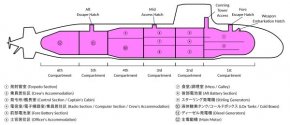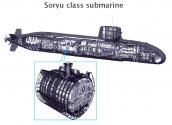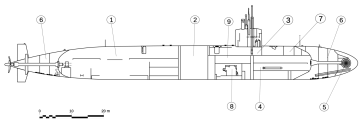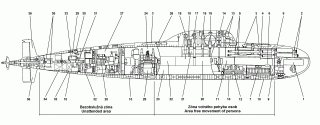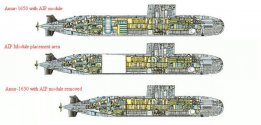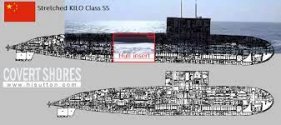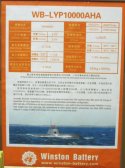All the noise isolation equipment have to be done inside the pressurized hull. In submarine world, the wider the pressurized hull is, the more space you have to install noise isolation technology. So generally speaking, if you generate the same amount of noise inside a submarine, the larger the pressurized hull is, the quieter it will be for the outside world. That's why the Akula and seawolf are huge.
When you go with double hull, you have to build a larger submarine in order to have the same space inside as a single hull. Which adds requirement to the engine, turbine generators and reduction gears to be able to move as fast. That's why you see the Russians going to single hull with Lada class and why Lada has a shorter beam than Kilo class. And why all the advanced Western subs are single hull.
For something as small as this new boat, you pretty much have to do single hull. As long as its power generation requirements are low and it can run on battery, it can probably be very quiet in littoral waters. It's definitely not going to move fast though.
Single hulls are a misnormer. In truth, even so called single hulled submarines are hybrids. Large sections of the "single hulled" submarines are in fact, double hulled to allow for wrap around ballast tanks. These areas are usually the front, the middle, and the back where in the last, the cylinder of the sub tapers into a cone that leads to the propeller. In such sections, the pressure hull has a waist to allow for the ballast tanks. In such submarines, you will see the holes form patterns around these areas.

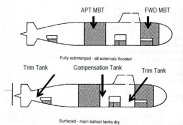
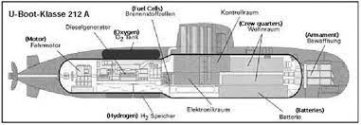
The external hull is also used to contain fuel and other things.
A good example of non Russian non Chinese hybrid submarine, is the Soryu and Taigei class submarines.
